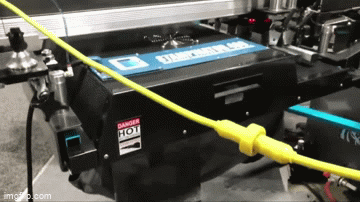
How the Stampinator Works Differently on Different Press Platforms
Share
The Stampinator will work on a automatic press. How it connects and works will differ depending on press platform. There are three things to consider when choosing your Staminator configuration to properly work with your press.
Three screen clamp configurations are typically sold with automatic presses
- Platen Index Configuration and Off Contact
- Platen Type
- Screen Clamps
- Lift Up Platen Configuration. Many M&R, Workhorse, and Anotol presses have lift of platens, with this configuration your Stampinator will remain static in your screen frame and the platen will lift up in order to create the positive pressure for the specific type of application you are looking to achieve. For this configuration many presses have central off contact which is typically okay for screen printing applications. However, if you are looking to do specialized transfers or applications you may need to find a way to lower the off contact level on your print head manually by adjusting the bolts that hold the screen clamps closer down as more pressure is needed for these types of applications.
- Level Platen Confirmation. ROQ, MHM and M&R press platens remain level during indexing and the head lifts down to meet it. For this configuration it is important to be able to dictate to the press to send the Stampinator down to mimic the head. ROQ Next, Eco and Oval have a built in Stampinator technology that allows you to program this for each setting. If your press does not have this program or setting get a Stampinator with a longer carrying frame so that the squeegee and flood bar speed can be set behind the Stampinator allowing the print head to be triggered to go down by the print sequence.
Three screen clamp configurations are typically sold with automatic presses
- Front / back clamp (most common)
- Side clamps
- Pin
